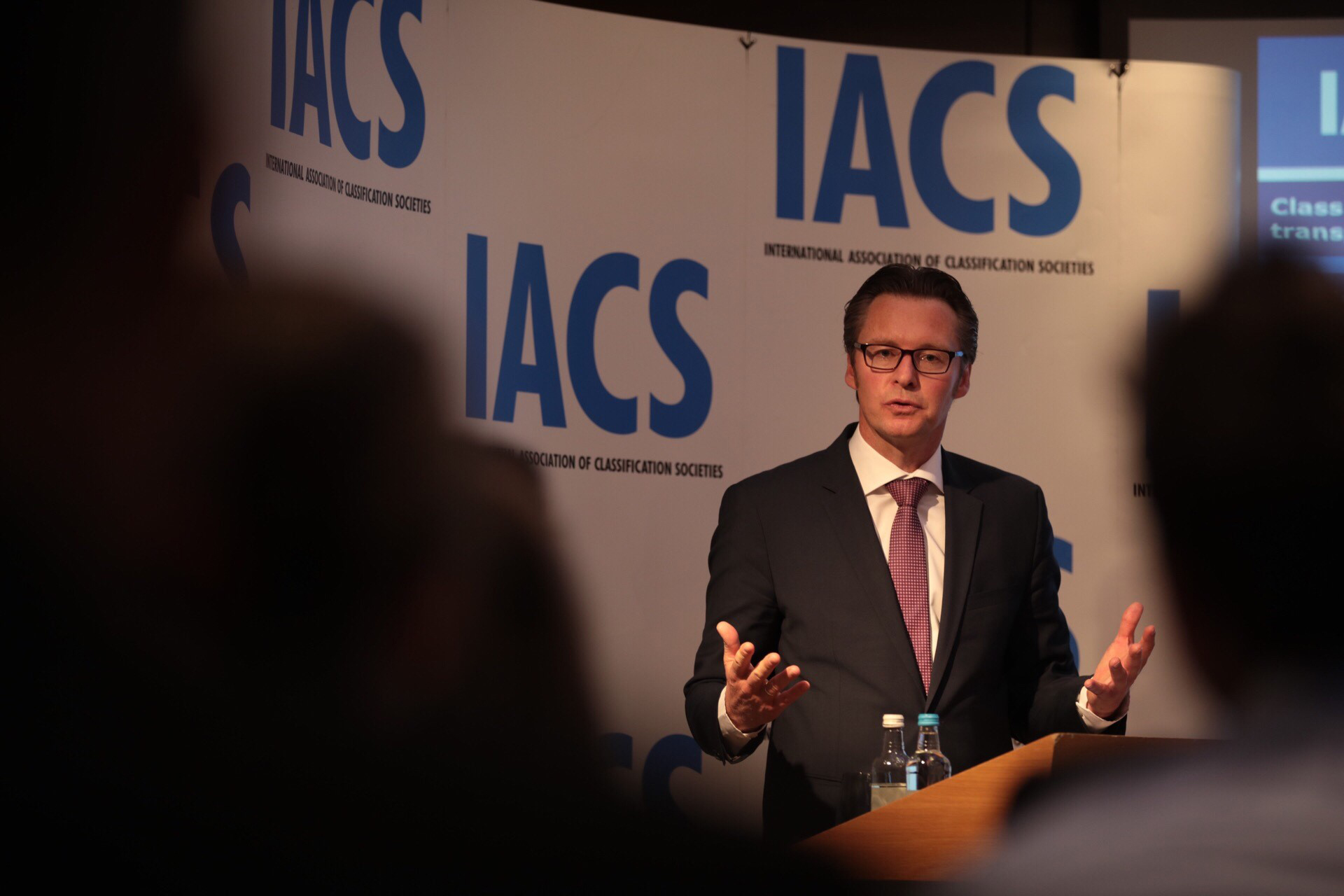THERE are as many as 132 classification societies in the shipping industry according to Robert Ashdown, secretary general of IACS as the body announced a restructuring of its membership criteria.
IACS, or the International Association of Classification Societies, currently has 12 members, with these members representing about 90% of the international fleet. It is an association that has soon spent the last year under the chairmanship of Knut Ørbeck-Nilssen, head of maritime at one of its members, DNV GL.
Class societies play a vital role in the shipping and maritime sectors, but the way they do their work is transforming, and in a push to keep IACS a relevant organisation Ørbeck-Nilssen and Ashdown have pushed through some subtle but significant changes.
First is the obvious streamlining of the membership criteria, which at first glance will, according to Ashdown, make application quicker. It may also make it easier, though Ashdown insists that the criteria for membership must be adhered to by all members and is based on ensuring quality.
This includes being a class society that abides to the goal based standards of the IMO, which would mean therefore adhering to the harmonised common structural rules that existing IACS members developed a number of years back. To be an IACS member a class society must have Recognised Organisation status with at least one IMO member state, and be recognised by a member state as a class society. A Recognised Organisation is one which undertakes activities on behalf of a flag state, such as inspections and surveys.
Additionally to be an IACS member a class society needs to demonstrate continued involvement in reviewing and promoting the associations’ technical requirements, such as the common structural rules.
A class society must demonstrate experience of working as a class society for five years, five years as an RO, and compliance with resolutions. This comes with the existing requirement for documenting experience gained within the previous 10 years in survey and design assessment.
IACS membership is sought by class societies as a number of marine insurers stipulate that one of the requirements for insurance is that the vessel is classed with an IACS member, though Ashdown believes class societies should not seek to be IACS members for commercial reasons, but to ensure that the class society has the highest standards.
A number of class societies have been rumoured to be interested in seeking membership, including the Middle East’s Tasneef, and Türk Loydu in Turkey.
A further development within IACS has been to improve transparency in the organisation.
One of the results of this drive is the IACS annual review which for the first time includes an assessment of the IACS members’ fleets, including total gross tonnage, numbers, and deadweight by tonnage type.
It also offers the number of surveyors in each class society. What it lacks is inspection results that can be derived from port state statistics.
The 2017 IACS annual review can be downloaded here
Fathom.World































